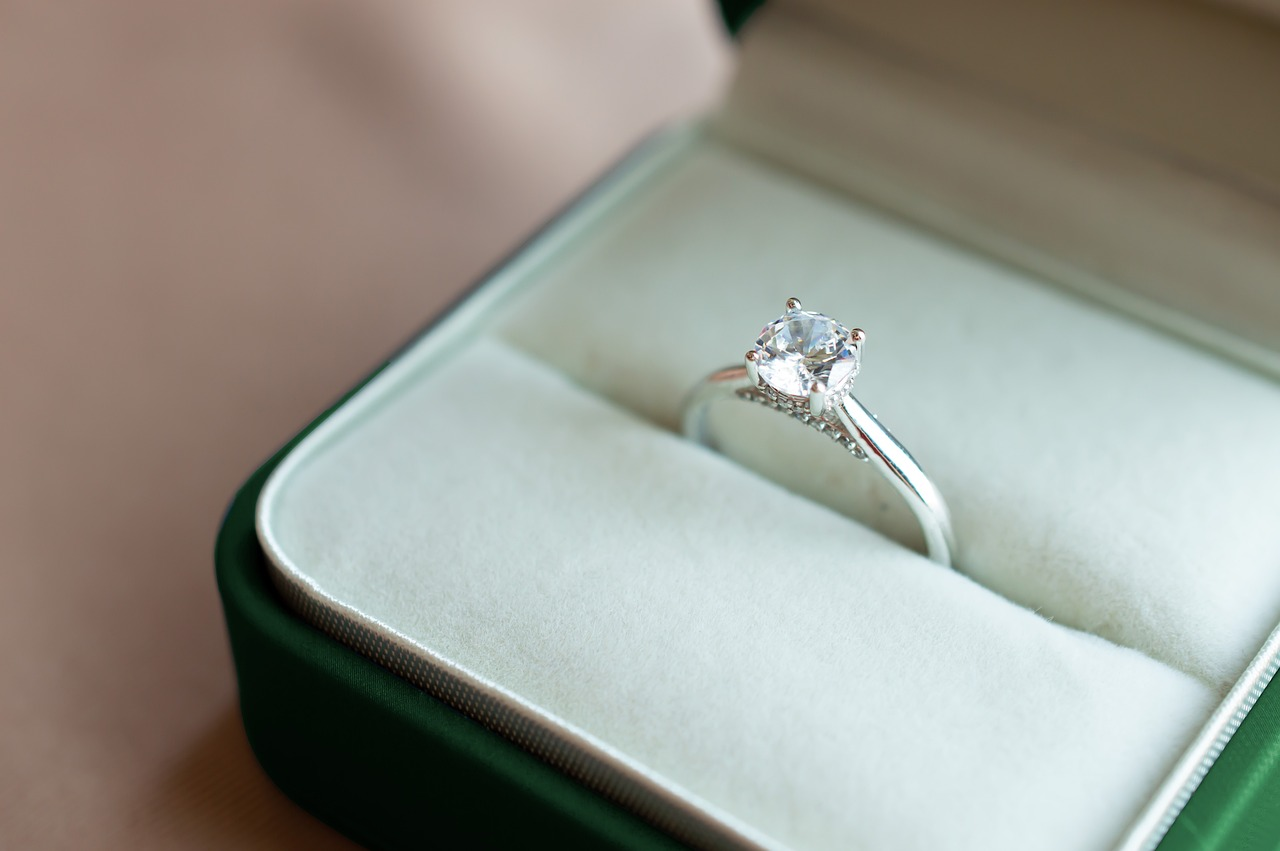The cryptocurrency boom has had far-reaching effects across numerous sectors, and the jewelry market is no exception. As digital currencies like Bitcoin, Ethereum, and others become increasingly mainstream, their impact on this luxury sector is reshaping everything from payment options to supply chain transparency. Here’s how cryptocurrency is shaping the jewelry industry and what it means for companies and customers. Check out this article before buying jewelry using the current Dogecoin price.
Cryptocurrency as a Payment Option
One of the most direct ways cryptocurrency affects the jewelry market is by serving as a payment method. High-end jewelry purchases often involve significant sums, and digital currencies provide an alternative to traditional payment systems like credit cards, wire transfers, or cash. With lower transaction fees compared to banks and credit card companies, cryptocurrency appeals to both buyers and sellers in this luxury segment.
For customers, paying with cryptocurrency offers convenience, especially for international buyers. Digital currencies allow for direct transactions devoid of currency conversion. This is particularly relevant in the jewelry market, where cross-border transactions occur every day due to the global nature of the trade.
Jewelry brands and retailers have also embraced cryptocurrency payments as a way to attract a younger, tech-savvy demographic. Companies like Tiffany & Co., De Beers, and independent jewelers are exploring partnerships with payment platforms that support Bitcoin and Ethereum. This innovation helps brands align with the digital-first preferences of millennials and Gen Z, who are increasingly becoming the most significant consumer groups for luxury goods.
Boosting Supply Chain Transparency with Blockchain Technology
Cryptocurrency is built on blockchain, a decentralized ledger technology that records transactions transparently and immutably. This technology is being leveraged in the jewelry industry to address one of its most pressing challenges: ensuring ethical sourcing and traceability.
Jewelry supply chains are often complex, involving multiple stakeholders, from miners and manufacturers to distributors and retailers. Unfortunately, this complexity can obscure unethical practices such as child labor, environmental degradation, or the use of conflict diamonds. Blockchain technology lets transactions be recorded and become irreversible.
Companies like Everledger and Brilliant Earth are already using blockchain to certify the origin of diamonds and other gemstones. Customers can trace the journey of their jewelry from the mine to the showroom, ensuring it aligns with ethical and sustainable practices. This transparency builds belief in users, but it enhances brand representation in a market where buyers are increasingly prioritizing ethical considerations.
Democratizing Investment in Luxury Goods
Cryptocurrency has also introduced new opportunities for investing in luxury goods, including jewelry. Tokenization, a process where physical assets are converted into digital tokens on a blockchain, allows fractional ownership of high-value items like rare gemstones or exclusive jewelry collections.
For example, a $1 million diamond could be tokenized into 1 million shares, each worth $1. This allows people to make investments in a diamond without purchasing the whole gem. Such innovations democratize access to luxury goods as investment vehicles, opening the market to a broader audience.
Tokenization also benefits jewelry businesses by creating new revenue streams and enhancing liquidity for high-value assets. By combining the timeless appeal of jewelry with the modern advantages of digital assets, this approach redefines how jewelry is perceived and traded.
Challenges and Risks
While cryptocurrency offers many benefits to the jewelry market, it also brings challenges. One primary concern is price volatility. The value of cryptocurrencies can change in an instant, creating uncertainty for both buyers and sellers. A piece of jewelry bought with certain types of crypto can gain or lose value in a matter of moments, potentially leading to disputes.
Additionally, the lack of widespread regulation in the cryptocurrency space can make it a risky payment method. Issues like money-related schemes and cyber attacks are threats to both companies and clients. Jewelry companies accepting cryptocurrencies must invest in robust security measures and work with reputable payment processors to mitigate these risks.
Another challenge is being knowledgeable in crypto as acceptance grows. Both parties need to understand how digital currencies work, which can be a barrier to widespread use. Companies must provide education and support to make cryptocurrency payments accessible and appealing to their clientele.
What’s Next For Cryptocurrency in the Jewelry Market?
Despite these challenges, the integration of cryptocurrency and blockchain in the jewelry market is still strong. As digital currencies continue to gain mainstream acceptance, more jewelry businesses are likely to adopt them as payment options and incorporate blockchain technology into their operations.
In the future, we may see innovations such as smart contracts. These could simplify transactions, automate payments, and ensure compliance with regulations and ethical standards. Additionally, decentralized marketplaces for jewelry trading may emerge, offering greater accessibility and transparency.
Cryptocurrency is also poised to influence the design and marketing of jewelry. Digital assets like NFTs (non-fungible tokens) have inspired unique collaborations between jewelry brands and artists, resulting in limited-edition pieces linked to digital art or experiences.
Conclusion
Cryptocurrency is revolutionizing the jewelry market in numerous ways, from enhancing payment flexibility and supply chain transparency to democratizing investment and fostering innovation. While challenges and roadblocks like fluctuating value and legal concerns persist, the potential benefits far outweigh the risks.
As the jewelry industry continues to embrace cryptocurrency and blockchain technology, it is poised to become more inclusive, ethical, and adaptable to the demands of modern consumers. For buyers, this shift means greater convenience and confidence in their purchases. For businesses, it represents an opportunity to innovate and stay at the forefront of a digital-first marketplace.












